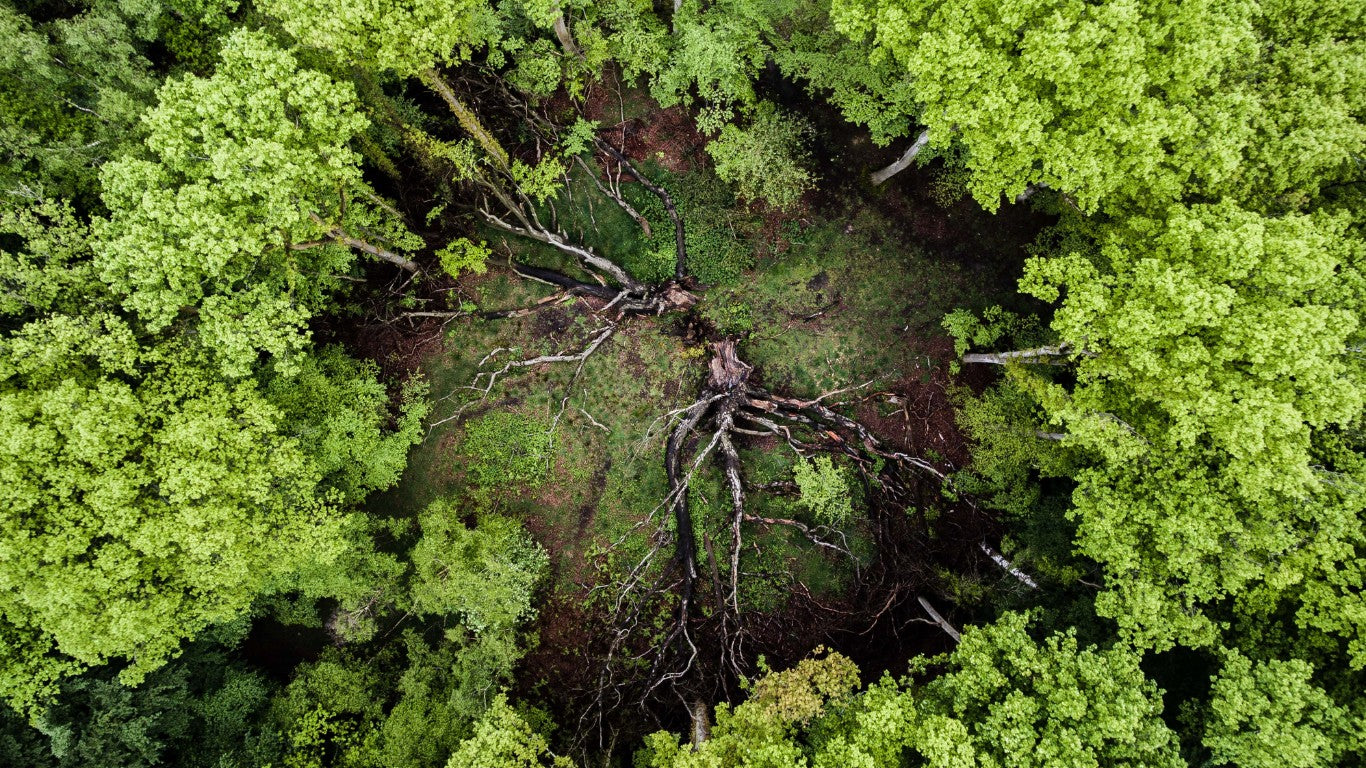
Circular Economy: Changing Our Approach to Production
But what is Circular Economy?
When we talk about design, the first thing we think about is a cool aesthetics. Actually, more than any other discipline, design is linked to strategy and effectiveness – with a nice face.
Among Ancient Greeks the concept of beauty was strictly linked both to aesthetic (kalòs) and ethic (agathòs): beautiful was something that is nice to see, proportionate, functional and morally good, all at the same time. Ancient Greeks considered beautiful all the things that resembled the ideal perfection of nature, which is able to hid its precision and mathematical ratio behind a harmonic and proportionate aspect.
Applying this concept of morally good functionality nowadays, we may discuss whether design can be considered art or technique; it proposes beautiful object whose primary aim is that of being functional. Design was born as an autonomous, conscious discipline during the 1950s, and its evolution has corresponded to the evolution of our society. More than ever before, today the scale of design has shifted from products, to companies, to economic systems. Contemporary design is more and more connected to ethics, as it is increasingly concerned with social inclusivity, gender issues and environmental questions; and young designers are trained to think about the whole cycle of the object they are creating.
A new approach to design, nature, and functionality
A particularly powerful approach for designers is the emerging model of Circular Economy, which is being demonstrated profitable for companies, sustainable for the environment and interesting for customers. Circular Economy suggests that, paying attention to its whole lifecycle, starting at the moment of its ideation, and through recycling, reinventing and transforming, every object can become eco-friendly. It’s about a radical, restorative, regenerative approach to production; a win-win game for everyone.
Circular economy and the designers who cling to this philosophy aim to create economic, social and ecological benefits. Without renouncing to the quality or beauty of the objects they are designing, they pledge themselves to think about the after-life of their products, when they don’t derive those objects from some recovery material. In this way, dismissed products can be taken apart and reprocessed without becoming waste; on the other hand, less pollution and less trash is created.
But how do we go from talking to doing?
Circular economy can change our concept of waste and help us develop a new understanding of objects’ productive – or re-productive – cycle. And all this attention to the environment does is to stimulate designers: creativity has never been more important.
In this regards, we found it very interesting the project of the Ellen MacArthur Foundation, a research and charity institution created in 2010 that has set as its objective the acceleration of the business towards the circular economy: “our mission is to accelerate the transition to a Circular Economy”. The name of Ellen MacArthur is inextricably linked to the enterprise that the woman accomplished in 2005 by circumnavigating the globe alone with her sailboat. Precisely during those days, alone in the middle of the ocean with no resources or means other than those strictly necessary for her survival, she came to understand how harmful and destructive it is the logic of waste that permeates today’s society. For this reason, the Foundation has created a proper Circular Design Guide to involve designer and enterprises in this effort to change the rules of productivity, encouraging collaboration across the entire business, and with suppliers and partners.
STRATA
Thinking about the fact that, for example, the average tenancy in the UK is 15 months, Katrine Hesseldahl and Victor Stimfors, interior designers, developed the concept of STRATA; they founded a furniture that takes home furnishing products - anything from a sofa to a kitchen – and then splits those products into different layers. This means people can be able to express themselves with their own ‘stuff’ in their rented homes: STRATA’s vision is that when a tenant arrives at their house or flat, all the heavy, expensive base layers are already in place and provided by the landlord. The tenant simply adds the recyclable skin layers of their choice. In this way, the long-lasting base layers of material will be used over and again, without being dumped; the ‘skin’ layers, on the other hand, which have a shorter use and change more often, are designed to be fashionable and recyclable.
Shoey Shoes
The same principles of a circular economy have been embraced by Thomas Leech, an industrial designer in London; he created Shoey Shoes, children’s shoes made and produced entirely from waste materials, and engineered to be disassembled, be reused, and recycled. His first main intention was to reduce the amount of leather being sent to landfill in the production of the millions of pairs of children’s shoes a year. His end goal of effectiveness has resulted in a modular shoe, which creates also an opportunity for a new service model; the wearer leases the shoes, which is made of leather discards from other shoes, while the manufacturer retains ownership of the valuable materials and takes responsibility for keeping them in use. In this way, the product is cheaper for the costumer, who is attracted by a fashionable and sustainable item, and the producer is empowered with the responsibility of the whole life-cycle of his objects.
We are understanding every day more that we all live on the same planet – the well-known same boat – and everyone should do something for this our common place. Circular Economy is the way how a new generation of designers has decided to become enablers of a positive turn, using just their discipline and without renouncing to creativity and living well. This is their effort to change the rules of the game.

Share:
Indoor Air Pollution: An Invisible But Deadly Threat
HEPA filters – No longer the best air purifier?